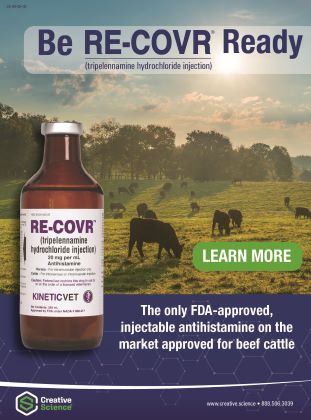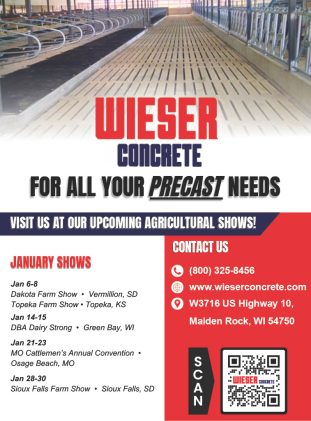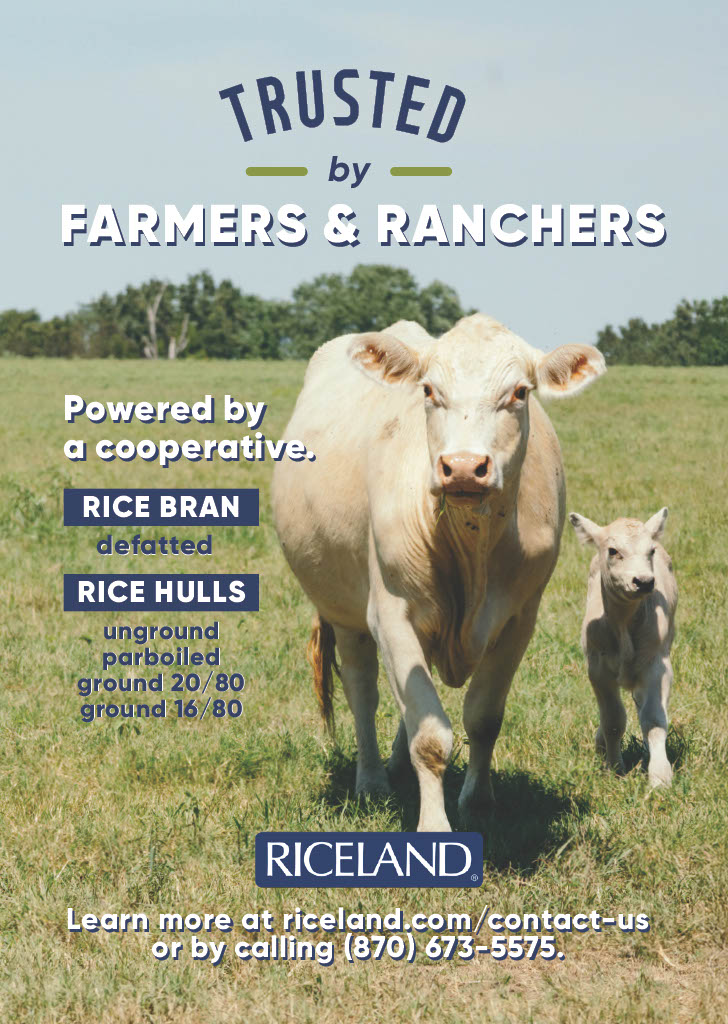Critical Thoughts for Facility Building, Planning and Updating

Expanding or updating existing farm facilities is a decision that’s never made lightly. It’s one that requires careful thought, commitment and critical thinking. And even with confident decision making, all the moving parts involved can make the to-do list feel endless.
At the end of the day, nearly every element of farm functionality ties back to how well your facilities have been designed. Facilities are also essential for ensuring the herd is healthy and labor is efficient. According to Dan McFarland in Penn State University’s bulletin Design and Build Dairy Structures for a Long Useful Life, they must be built to withstand the elements and minimize maintenance costs over time.
But before you delve into the details, it’s worth stepping back to evaluate your operation from a broader perspective. What are you trying to achieve? Is now the right time to make a change? Answering these fundamental questions can help you prioritize needs and lay the groundwork for a successful facility expansion or upgrade.
Where to Start?
Getting started can feel like the hardest part. Chances are you’ve had ideas and grand visions for years with dozens of competing ideas swirling in your head. The key to making progress is taking a step back and clearly identifying your objective.
What does success look like for your farm five, ten, or even twenty years from now? Are you trying to grow your herd, improve labor efficiency, or enhance cow comfort? Getting clear on the outcomes you’re working toward helps give your facility project true direction. A great place to start is by revisiting your general business plan to assess where your operation stands today and where you envision it going. This big picture type thinking acts as your road map. When you know the destination, it’s much easier to chart the steps needed to get there.
As you evaluate the need for expansion or updates, take time to ask yourself some critical questions. What are your current production goals? Are you planning for succession? What are your biggest pain points today? Is herd expansion on the horizon, and do your facilities offer enough flexibility to grow with you?
The answers you give will ground your planning processes. From there, it’s always wise to seek input from experts and peers; especially other farms with facilities you admire. Whether you’re working on revamping older buildings or designing something new, every dairy facility must ultimately support a management system that meets five basic needs for your herd year-round, according to guidance from Cornell University’s PRO-DAIRY program in Strategic Farmstead
Planning: Facilities:
● A dry, comfortable resting area
● Good ventilation
● Free access to feed and water
● Safe and confident footing
● Enough space to avoid overcrowding
Creating a Realistic Scope
While creating your own ideal plan is crucial, it’s also important to maintain a realistic scope and adjust as needed.
This is where the fine details like your time frame, available resources, and financing all come into play. You’ll also need to consider how daily routines may need to be temporarily adjusted to accommodate construction.
What contingency plans are in place for setbacks? What compromises might be necessary to stay on track? It’s also worth asking: could you improve existing facilities instead of building new ones? While upgrades may seem more affordable upfront, penciling out both options can reveal whether new construction might actually be more cost-effective in the long run. A thorough cost-benefit analysis will help ensure you’re investing wisely both for today and for the future of your operation.
“The weakest component determines the overall strength of the system. Therefore, all structural components must be properly sized and joined to withstand the variety of forces applied to them,” writes McFarland.
When planning an expansion or update it is also important to consider your manure management system. Can it handle the upgrade? Or do changes need to be made to accommodate facility changes?
From the Ground Up
When it comes to facility construction, few things are as foundational (literally and figuratively) as concrete. McFarland reminds producers that concrete quality can vary depending on the load, time of day it was poured, along with other variables, making it essential that the person managing the pour has the skill to adjust in real time.
“Flatwork requires a stable, well drained subsurface, as well as the proper thickness, compressive strength, and reinforcement to support expected cattle and vehicle loads,” McFarland writes.
“Cow alleys need to provide a confident, non-slip surface, without causing excessive hoof wear or injury. Replacing concrete can be an expensive, time consuming task, so take steps to ensure it is done correctly the first time.”
Because moisture and dust are constants in dairy environments, electrical systems in all buildings must always be up to par. McFarland recommends that wiring meet National Electric Code (NEC) standards for agricultural structures, and that all switches, outlets, and light fixtures be made of non-corrosive, gasketed materials to prevent long-term damage and safety hazards. Even if the updates you are doing are minimal, these types of checks and modifications should always be on the list.
Cow comfort remains a top priority in modern facility design. These include the usual benchmarks of good ventilation, comfortable and safe flooring with design for optimal animal movement. Give special attention to your wide alleys, turns, bottlenecks and holding pens.
Consistency is an essential ingredient in successful dairying and your facility should support the rhythm of daily tasks. Be sure to consider elements like footbaths or sort gates. Though they are not used every day, having them built in and accessible ensures you ae ready when the need arises.
Facility upgrades and farm expansions are major investments, perhaps the biggest you’ll make in your dairy career. But when planned with the long game in mind for optimal functionality, cow comfort, and operational efficiency, they pay dividends for years to come.
Click here for more information: https://americandairymen.com/
By Jaclyn Krymowski




